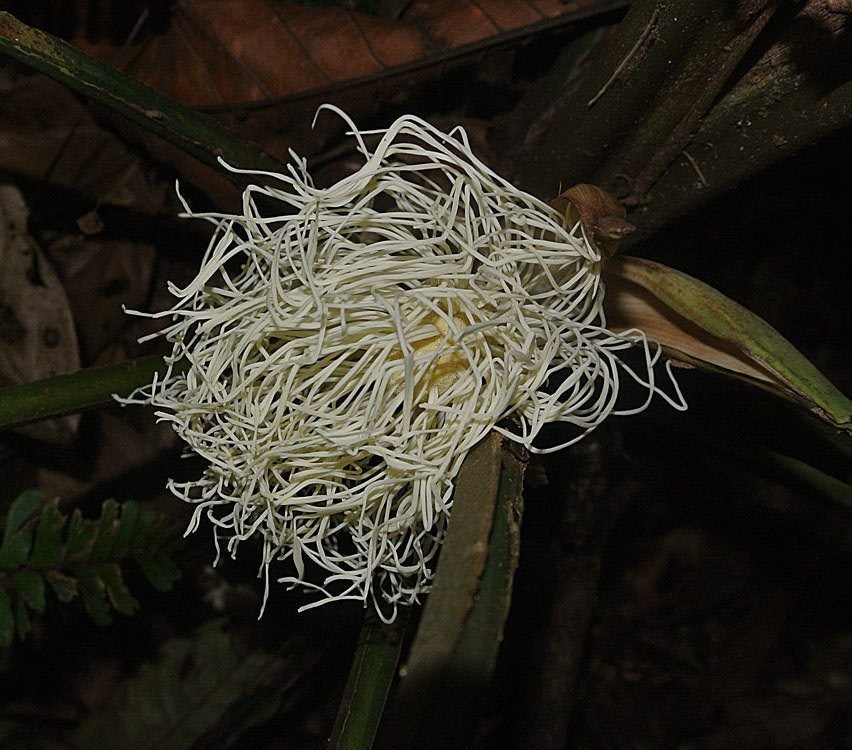Asplundia Information – How To Grow Asplundia Plants


Asplundia is not a common garden plant in the U.S. It is a group of species of plants native to Mexico and south down to Brazil. As a native of rainforests, this kind of plant needs a warm, wet environment and will not tolerate cold at all. With enough asplundia information and if you can find a plant at a nursery, you can grow these pretty plants in the tropics or in a greenhouse.
What are Asplundia Plants?
If you don’t live in the tropics, asplundia will seem like an exotic plant. There are numerous species of this plant, which belong to the Cyclanthus genus. These are flowering plants that grow in the rainforests of Central and South America and the Caribbean, and that may be epiphytic, air plants that don’t require soil, or terrestrial growing in the ground. Asplundia varieties are numerous, with around 100 different species, including Asplundia insignis, one of the more commonly seen outside of the actual rainforest. Most varieties produce large, thin green leaves, and many turn colors as they mature. Flower colors may range from pink to white or cream.
How to Grow Asplundia Plants
If you have the right environment, caring for asplundia is pretty straightforward. The difficult part is actually finding a plant to grow. If your local nurseries do not have any of these plants, do a search online. Some nurseries in other areas may have plants to ship or seeds you can use to start an asplundia. Once you manage to get your hands on asplundia, you need to provide it with rainforest-like conditions. Living in this kind of climate, you can plant it outside, away from full sun and in a location that is protected from dry winds. Either outside or in a container, be sure your plant has plenty of rich, loose soil with organic mulch. If you don’t have the right outdoor conditions, keep the plant in a container. Growing a rainforest plant indoors can be tricky because it needs to be warm and wet. You can find a warm spot in indirect light and spritz it with water every day, but it may still struggle. The best indoor place for asplundia is in a greenhouse where it will always be warm and humid.
Gardening tips, videos, info and more delivered right to your inbox!
Sign up for the Gardening Know How newsletter today and receive a free copy of our e-book "How to Grow Delicious Tomatoes".

Mary Ellen Ellis has been gardening for over 20 years. With degrees in Chemistry and Biology, Mary Ellen's specialties are flowers, native plants, and herbs.
-
 Get Ready For A Summer Of Hummers! Grow These Full Sun Hummingbird Plants and Flowers
Get Ready For A Summer Of Hummers! Grow These Full Sun Hummingbird Plants and FlowersIf you’re lucky enough to enjoy a sunny backyard, make sure you are maxing out on your pollinator opportunities and grow these full sun hummingbird plants and flowers
By Tonya Barnett
-
 12 Lush Alternatives To A Lawn For Sustainable Spaces
12 Lush Alternatives To A Lawn For Sustainable SpacesAlternatives to a lawn are beautiful and also beneficial to your local ecosystem and its pollinators. Explore our top picks for plants to replace grass.
By Tonya Barnett